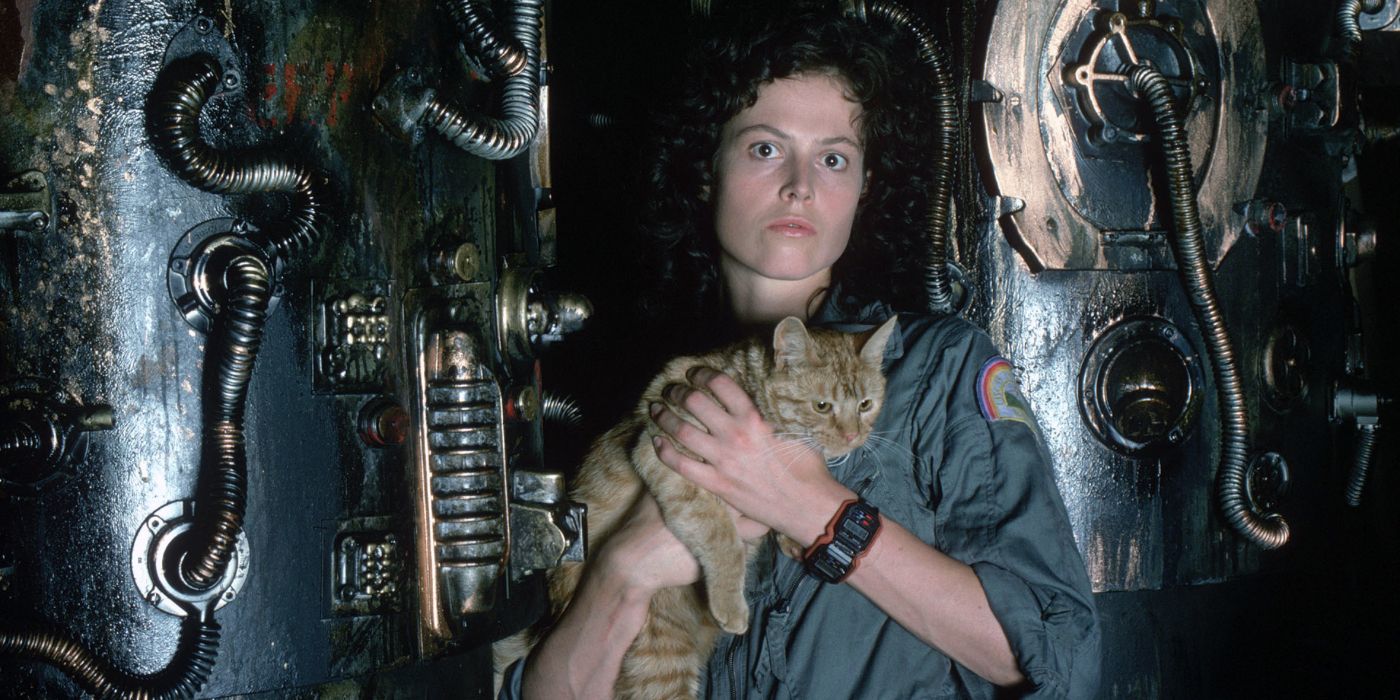Sick, which released on Peacock earlier this year, is a taut horror film set during the early days of the pandemic. A title card establishes the hyper-specific period. “April 3, 2020. 273,880 COVID-19 cases reported and rising. 42 states have issued stay at home orders. Nearly 97% of the country is quarantined.”
The pandemic gave filmmakers the opportunity to make period pieces set in incredibly narrow blocks of time. Summer 2018 wasn’t all that different from summer 2019, but April 3, 2020 is an entirely different world than, even, September 3, 2020. Take, for instance, the first scene of the movie, which follows a young man named Tyler through a grocery store as he attempts to find toilet paper on the sparse store shelves. The supermarket is socially distanced, with Tyler standing six feet behind the person ahead of him in line and six feet ahead of the customers behind him. Everyone is wearing face coverings. When he takes his mask off while walking to the car, he absentmindedly bumps into a guy heading into the store, who angrily asks where his mask is.
Later, we switch to a pair of friends who are preparing to drive off to quarantine in the wilderness because their college is shutting down. One is posing for Instagram selfies without a mask and her friend chides her for it, warning her about how far particles can travel, even outside. When they get to the luxurious cabin where they plan to quarantine, they wipe down their groceries with antibacterial wipes. Rian Johnson’s Glass Onion: A Knives Out Mystery was also set early on in the pandemic but that film largely used COVID behaviors as a way to characterize its large cast and send them off to a secluded island setting. Here, the period details matter much more for the plot. I won’t spoil how, but the slasher pursuing these characters is motivated by the pandemic.
All of this got me thinking about how many specific eras and places are ripe for slasher flicks. It’s a malleable genre of movie. All you really need is a) a group of people and b) someone intent on killing them. Slashers are violent, as the name indicates, but the roles are the same as a game of cat and mouse, or hide and seek. One party hunts, the other party flees.
That’s dramatic action that can be set anywhere. Halloween staked out the suburbs, Nightmare on Elm Street invaded dreams, Friday the 13th took a bunk at summer camp, and The Texas Chain Saw Massacre trekked out into the wilderness of the Lone Star State. But as Netflix’s Fear Street trilogy showed, the options are endless. Those movies were set in the same small town in three different eras — 1994, 1978, and 1666 — which allowed nineties kids and Puritans to coexist in the same story. Time matters just as much as place.
Danny Boyle and Alex Garland’s sci-fi movie Sunshine, about the crew of a spaceship on a longhaul journey to restart the dying sun by launching a nuke at it, transforms (controversially) into a slasher movie in its final act as an outside force enters the Icarus II to pick off the crew one by one. Two of the sci-fi genre’s most enduring classics, Alien and The Thing, also use the structure of the slasher.
My knowledge of the slasher genre isn’t as deep as my friends’ who are more devoted horror enthusiasts, but Sick has me excited to see more slashers set in more obscure places. My personal choices would be a water park or a mini golf course, but movies with bigger budgets have endless territory to stake out in the past and future. Give me a caveman slasher, a Victorian era slasher, a slasher on Noah’s ark, a slasher set in the sci-fi streets of Coruscant, a slasher at The Icelandic Phallological Museum. The possibilities are endless.



